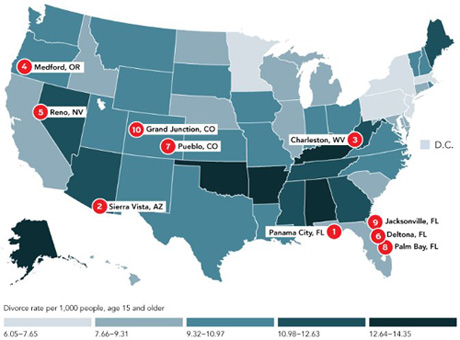Posts Tagged ‘Divorce Lawyer Massachusetts’
 Q: What is the most common mistake that is made in family law cases?
Q: What is the most common mistake that is made in family law cases?
A: Parties become so emotionally involved that they fail to act calmly and rationally. These cases, by their very nature, are stressful. If a party can’t handle that stress, they are at a disadvantage and will frequently sabotage their own case! In practice, there are many different ways that this will manifest itself.
Some of the the most common instances of this include:
1) An overwhelming need for a “quick” resolution – even if it doesn’t make sense for the party or the family;
2) An unwillingness to comply with orders of the Court – which almost always creates greater difficulties for the party;
3) The hiring-firing of multiple lawyers and/or the unwillingness to really listen to and implement the advice of counsel;
4) Acting rashly and impulsively and taking major actions without consulting with counsel.
An experienced family law attorney will understand that these are stressful times for his/her client and will try to keep clients calm or recommend therapeutic help when appropriate. Parties who find themselves overwhelmed by the process may need to seek professional counseling.
There is an old saying in the family law profession: “In criminal cases you have bad people on their best behavior and in divorce cases you have good people on their worst behavior.”
Parties need to understand that emotional behavior is not the path to the successful resolution of a family law matter.
You often hear the statistic that 50% of all marriages end in divorce. Is this actually true? Mark Twain wrote in his autobiography that there are three kinds of lies: “Lies, damned lies, and statistics.” (While the quote is usually given as Twain’s, Twain himself attributed it to British Prime Minister Benjamin Disraeli.) Is this the case with the 50% “myth”? What is the present divorce rate in the USA?
Divorce rates have been rising all around the world, with the USA coming in sixth place for the highest divorce rate at 3.4 per 1000 population, trailing Russia (5), Belarus (3.8), Ukraine (3.6), Moldova (3.5 – interesting at all are former parts of the USSR), and Cayman Islands (3.4). Other major countries are not far behind, with Denmark at 2.7 per 1000, Switzerland 2.6, Spain 2.4, Australia 2.2, and Japan 2.0. But in all cases, the rate has been increasing in recent years and decades.
The actual percentage rate for America is between 40-50%, depending on how statistics are measured and which factors are considered contributing. And difference sources cite different (though relatively close) rates. For example, Jennifer Baker of Professional Psychology in Springfield, Missouri finds that 50% percent of first marriages, 67% of second marriages, and 74% of third marriages end in divorce, whereas the Enrichment Journal cites a 41% rate for first marriages, 60% for second, and 73% for third marriages. And it appears that couples with children have only a slightly lower rate of divorce than childless couples.
The Huffington Post (November 11, 2013) posted a map showing US divorce rate distribution by state, highlighting the “Divorce Capitals” of the US as shown below:
While the states with the highest divorce rates are Alabama, Alaska, Arkansas, Oklahoma, and Kentucy (all with rates betwee 12.64 and 14.35 per 1000), Massachusetts has one of the lowest rates, one of only five states with rates below 7.6 per 1000. Yet Masschusetts, by a long margin, was the first state to recognize same sex marriage (oft claimed by some as destructive of the family institution) and is often cited as one of the most liberal states in the country.
Another interesting divorce rate statistic is that divorce (and marriage) rates drop during economic recessions, in striking parallel, such that in 2000 the marriage rate was a little over 8 per 1000 and the divorce rate just about 8 per 1000, while both dipped to 3.5 or lower in 2008 and 2009, with the divorce rate since climbing slightly (by about .2 per 1000) and the marriage rate holding steady at about 3.4 per 1000.
